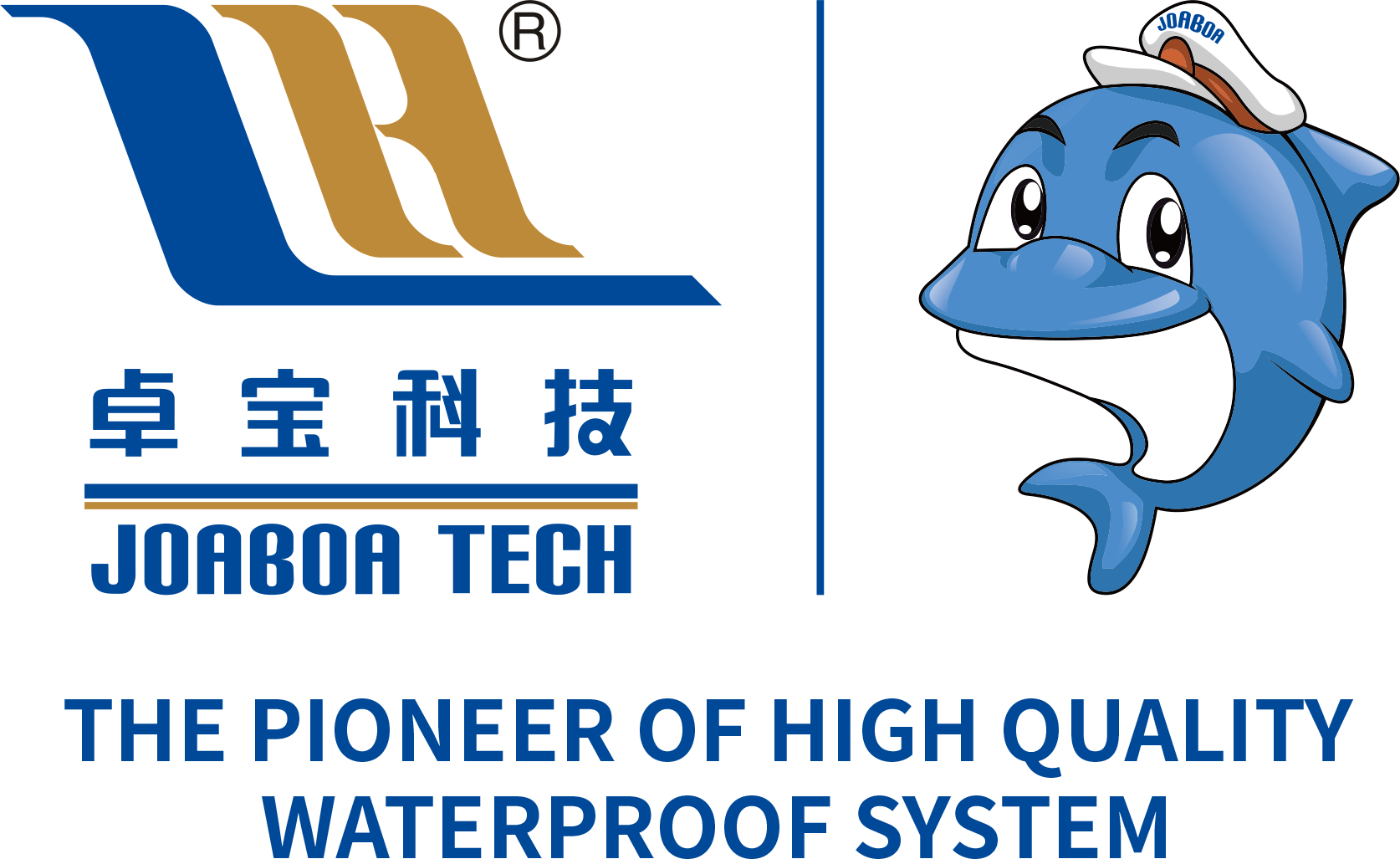Discover the Advantages of Modified Bitumen Waterproofing Membranes for Long-Lasting Protection
2025-04-18 12:20
Discover the Advantages of Modified Bitumen Waterproofing Membranes for Long-Lasting Protection
When it comes to safeguarding structures against water damage, modified bitumen waterproofing membranes stand out as a premier solution. As we delve deeper into the topic, we’ll explore the various attributes that make these membranes essential for both new constructions and renovations. Understanding their benefits not only helps in making informed decisions but also ensures long-term protection for buildings.
What Are Modified Bitumen Waterproofing Membranes?
Modified bitumen membranes are composed of asphalt that has been modified with polymers to enhance its characteristics. This innovative approach enhances the membrane's flexibility, UV resistance, and overall durability compared to traditional asphalt. The modified bitumen membranes have gained popularity in the construction industry due to their versatile applications and robust performance.
The Composition of Modified Bitumen Membranes
Bitumen: The Core Component
At the heart of modified bitumen membranes is bitumen, a viscous substance derived from petroleum. Bitumen serves as a waterproof barrier, preventing water intrusion while allowing for easy installation.
Polymer Modifications
The incorporation of polymers such as APP (Atactic Polypropylene) and SBS (Styrene-Butadiene-Styrene) significantly enhances the properties of bitumen. These polymers increase the membrane's elasticity, making it more adaptable to temperature fluctuations and structural movements.
Key Benefits of Using Modified Bitumen Waterproofing Membranes
1. Exceptional Durability
One of the standout features of modified bitumen membranes is their durability. These membranes are designed to withstand harsh weather conditions, including extreme heat, heavy rain, and snowfall. Over time, their longevity results in reduced maintenance costs, making them a cost-effective solution for property owners.
2. Enhanced Flexibility
Due to their polymer modifications, these membranes exhibit remarkable flexibility. This flexibility allows them to accommodate slight movements in the building structure without cracking or breaking, ultimately leading to a longer lifespan.
3. Superior Waterproofing Performance
Modified bitumen membranes create a seamless and impermeable barrier that effectively repels water. Their waterproofing capabilities significantly reduce the risk of leaks and water damage, ensuring the integrity of the underlying structure.
4. UV Resistance
Exposed to sunlight, traditional roofing materials can degrade over time. Modified bitumen membranes are designed with UV-resistant properties that protect them from sun damage, extending their lifespan and maintaining their effectiveness in waterproofing.
5. Eco-Friendly Options
With growing concerns about environmental sustainability, many manufacturers are producing eco-friendly modified bitumen membranes. These products often incorporate recycled materials and are designed to be recyclable themselves, contributing to a greener construction industry.
Applications of Modified Bitumen Waterproofing Membranes
1. Flat Roofs
Flat roofs are particularly susceptible to water pooling, making them prime candidates for modified bitumen waterproofing. These membranes provide a reliable solution to keep flat roofs dry and protected from water intrusion.
2. Below-Grade Waterproofing
For basements and other below-grade structures, modified bitumen membranes are invaluable. They prevent moisture from penetrating through walls and floors, safeguarding against mold and structural damage.
3. Balconies and Terraces
Outdoor spaces like balconies and terraces are often exposed to rain and snow. Applying modified bitumen membranes can help maintain these areas’ integrity, providing both waterproofing and slip resistance.
4. Green Roof Systems
As green roofs gain popularity, the need for effective waterproofing becomes essential. Modified bitumen membranes serve as a reliable barrier, allowing for the successful implementation of vegetation while protecting the underlying structure.
Installation Process of Modified Bitumen Membranes
1. Surface Preparation
Before installation, the surface must be cleaned and prepared to ensure optimal adhesion of the membrane. This process includes repairing any cracks or irregularities to create a smooth substrate.
2. Application Methods
Modified bitumen membranes can be installed using various methods, including:
- Self-Adhering: These membranes come with an adhesive backing, making them easy to apply without the need for additional adhesives.
- Torch-On: This method involves heating the underside of the membrane with a torch to create a strong bond with the substrate.
- Cold Adhesive: A cold adhesive can also be used to bond the membrane to the surface, offering a safer installation alternative.
3. Sealing and Finishing
Once applied, seams and edges must be properly sealed to prevent water penetration. Finishing touches may include protective coatings or gravel ballast to enhance UV resistance and add weight for wind protection.
Maintenance of Modified Bitumen Waterproofing Membranes
1. Regular Inspections
Routine inspections are vital in identifying potential issues before they escalate. Check for blisters, tears, or other signs of wear, especially after severe weather events.
2. Cleaning and Debris Removal
Keeping the surface clean prevents debris from accumulating, which can trap moisture and damage the membrane over time. Regularly remove leaves, dirt, and other materials that may hinder performance.
3. Prompt Repairs
Address any damages immediately to avoid compromising the waterproofing effectiveness. Quick repairs can save significant costs down the line by preventing extensive water damage.
Frequently Asked Questions (FAQs)
1. How long do modified bitumen waterproofing membranes last?
With proper installation and maintenance, modified bitumen membranes can last between 20 to 30 years, depending on environmental conditions and usage.
2. Can modified bitumen membranes be installed over existing roofing materials?
Yes, modified bitumen membranes can often be installed over existing roofing materials, provided they are in good condition and adequately prepared.
3. Are modified bitumen membranes suitable for all climates?
Yes, modified bitumen membranes are designed to perform well in various climates, including extreme temperatures and varying weather conditions.
4. What is the difference between APP and SBS modified bitumen?
APP is more thermoplastic and offers better UV resistance, while SBS provides enhanced elasticity, making it more adaptable to temperature changes.
5. Can I install modified bitumen membranes myself?
While some installation methods allow for DIY approaches, it’s recommended to hire professional installers to ensure proper application and effectiveness.
Conclusion
In conclusion, modified bitumen waterproofing membranes are an excellent choice for anyone looking to protect their structures from water damage effectively. With unmatched durability, flexibility, and eco-friendliness, they offer a comprehensive solution for both residential and commercial applications. By understanding their benefits and proper maintenance, property owners can enjoy peace of mind, knowing their buildings are safeguarded against the elements for years to come. Investing in modified bitumen membranes is investing in the long-term health and integrity of your property.
Related News









